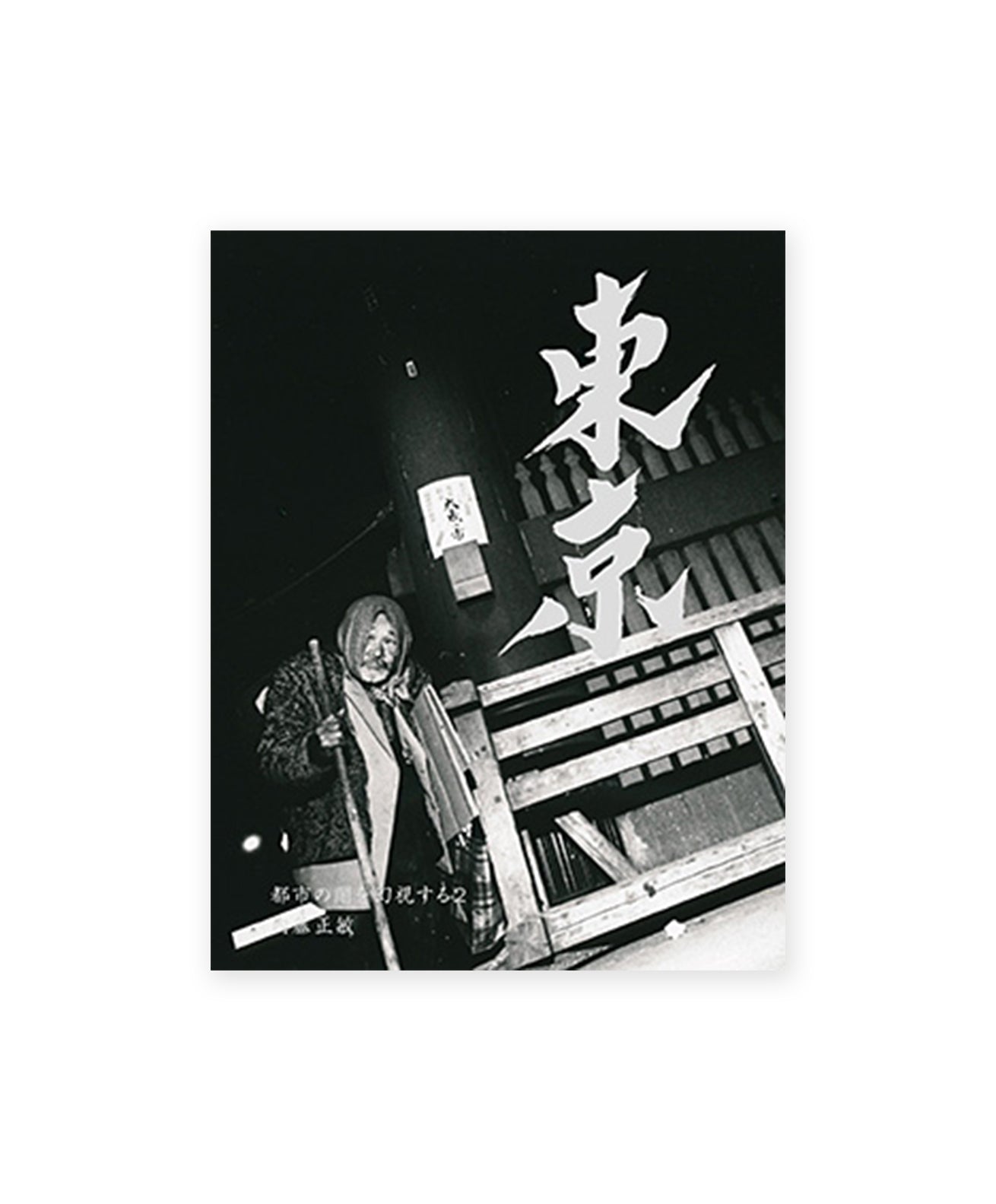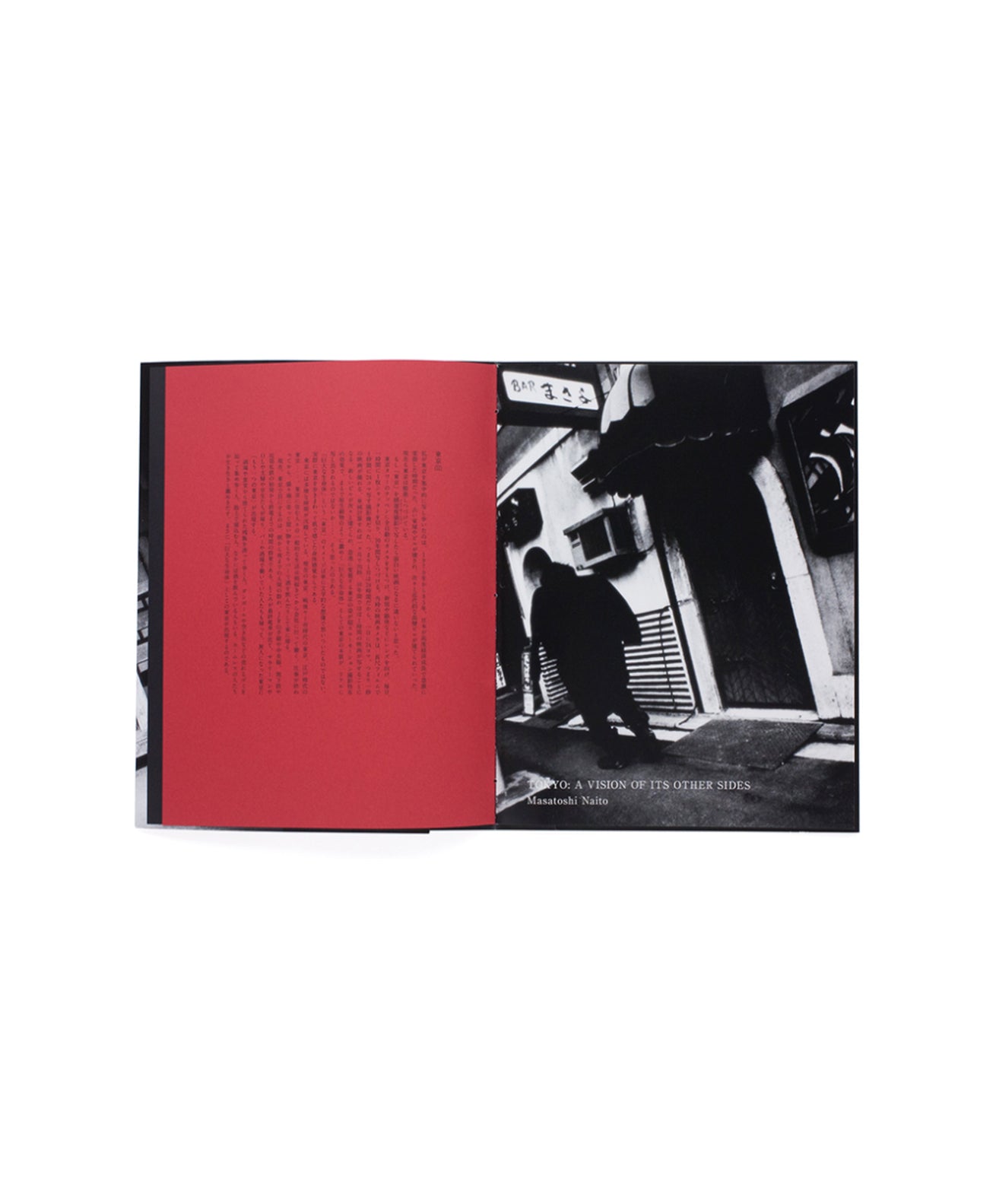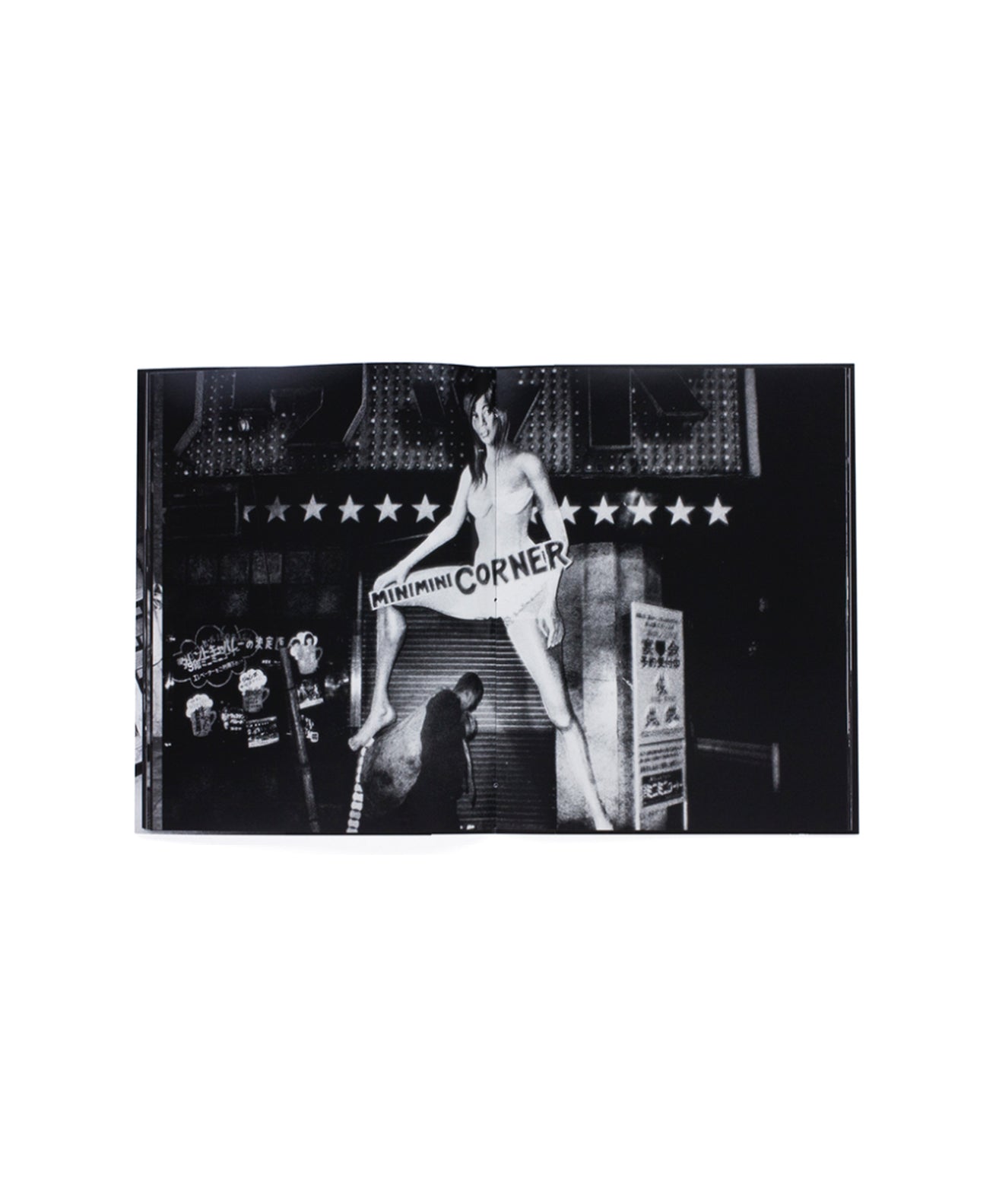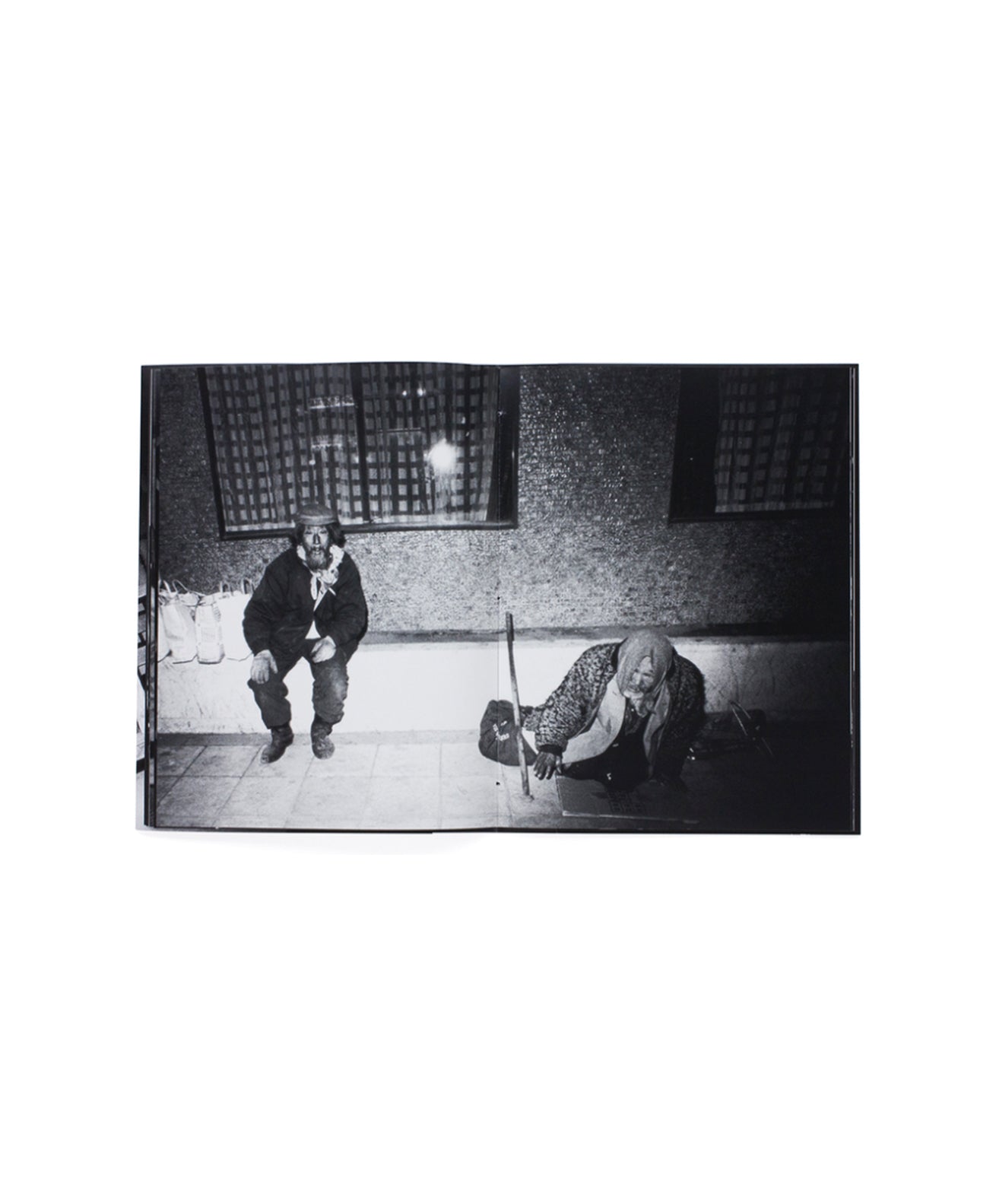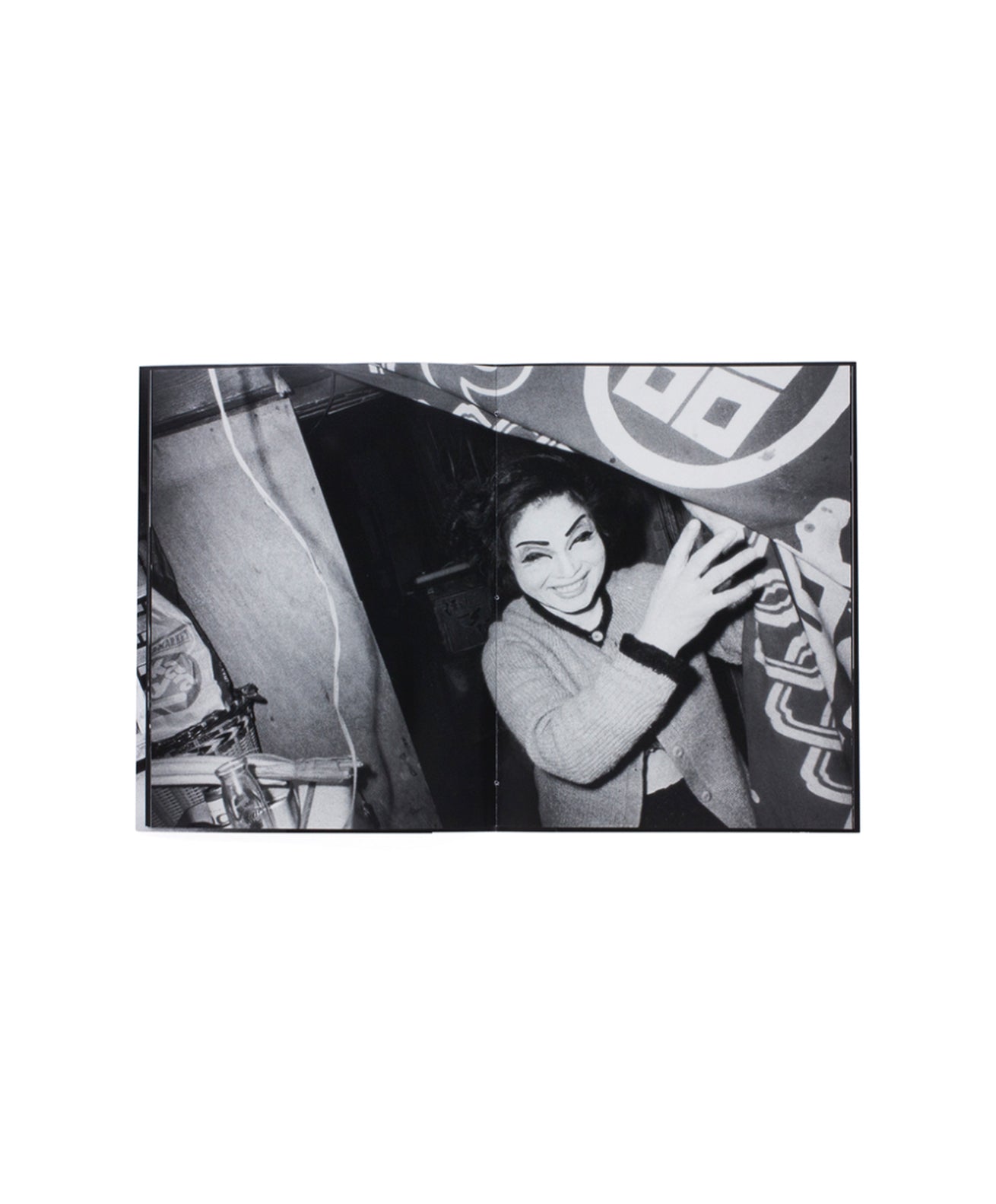Masatoshi Naito - Tokyo : Vision of It's Other Sides
Ramassage actuellement indisponible à 1 rue des Minimes
– Default Title
-
1 rue des Minimes
09709759181 Rue des Minimes
75003 Paris
France
Masatoshi Naito
Tokyo : Vision of It's Other Sides
Publié par Super Labo, 2016
Taille : 21.6 x 28 cm
44 Pages - 25 Images
Softcover
Langues : Japonais, Anglais
Édition Limitée 1000ex.
ISBN 978-4-905052-95-1
« C’est de 1970 à 1985 que j’ai photographié de manière intensive Tokyo. Le Japon était en train de changer radicalement alors que la croissance économique rapide était en cours. Les vieilles maisons et bâtiments étaient détruits et remplacés par de nouveaux, y compris des gratte-ciel modernes. Même aujourd’hui, Tokyo est toujours en expansion.
J’ai pensé que ce serait très intéressant si je photographiais Tokyo en utilisant la technique de la photographie time-lapse. J’ai fixé un appareil photo entièrement automatique au sommet de la tour de Tokyo, en le tournant dans différentes directions telles que Shinjuku et Ginza et en relâchant l’obturateur une fois par heure chaque jour pendant dix ans. À l’époque, les caméras de tournage pouvaient prendre 24 images par seconde. Il y a 24 heures dans une journée pour que je puisse tourner un court métrage d’une seconde avec 24 images par jour. Par conséquent, le film ajouterait jusqu’à 30 secondes en un mois et environ une heure en dix ans. Cela représenterait le développement rapide de Tokyo à une vitesse ultra-lente, révélant la véritable essence de Tokyo en tant qu’immense forme de vie toujours en mouvement comme un protozoaire ––– Je m’y attendais.
L’image de Tokyo en tant qu ‘« immense forme de vie » n’est pas issue de l’imagination littéraire. C’était basé sur ce que je ressentais physiquement lors de ma promenade à Tokyo à l’époque.
À Tokyo, il existe des couches de sédiments d’époques diverses. Tokyo aujourd’hui. Tokyo à l’époque des marchés noirs d’après-guerre. Tokyo à l’époque Edo. Une journée des gens à Tokyo commence généralement par se lever le matin et aller travailler. Une fois la journée de travail terminée, ils rentrent chez eux après s’être arrêtés dans les rues commerçantes ou dans les bars.
De nos jours, je vois des foules de gens envahir la ville de Tokyo du matin au soir. Les foules sont toujours là, du premier train au dernier train de la ligne Yamanote, la ligne Chuo, les métros et divers chemins de fer privés. Cependant, lorsque les derniers trains sont partis, avec les hommes et femmes d’affaires, les étudiants et les ouvriers des restaurants et des bars, Tokyo est déserte, et « l’autre visage de Tokyo » émerge.
Quelqu’un rassemble de la nourriture jetée par les bars et les restaurants. Un autre ramasse des boîtes en carton et des canettes qui peuvent se vendre. Il y a des gens qui dorment dans la rue. Certains d’entre eux boivent de l’alcool. Les sans-abri commencent à agir de manière dynamique. Exactement, Tokyo en tant qu ‘« immense forme de vie » se révèle ».
